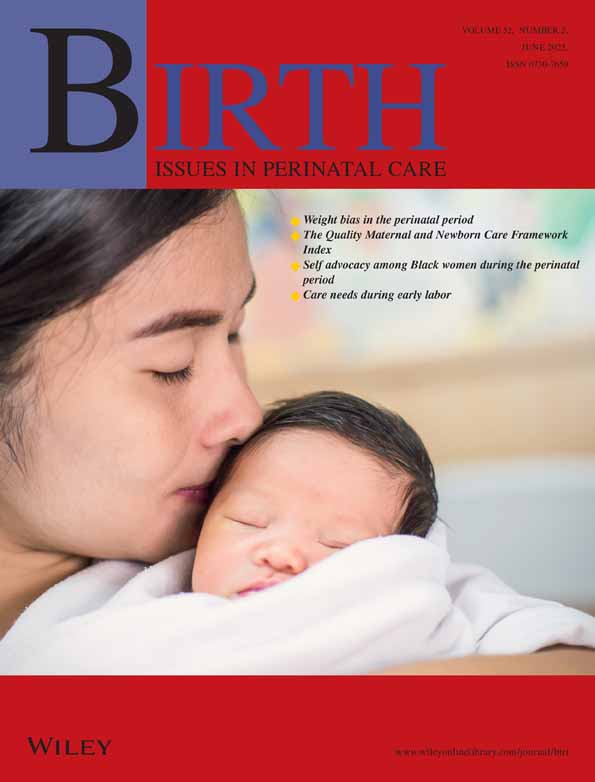Women's Experiences of Giving Birth After 35
Abstract
Background: This research forms part of a longitudinal study comparing experiences of pregnancy, birth, and the first year of motherhood among women aged 35 years and over with women aged 20 to 29 years, in the light of the current trend toward later childbearing. Methods: Data from 107 women were collected from medical records of labor and delivery, and women themselves evaluated control and pain management in labor, satisfaction with support from professionals, labor problems, and postnatal depression. Associations between maternal age and parity and 1) obstetric outcomes, 2) women's perceptions of labor and delivery, and 3) postnatal depression were calculated. Results: Professionals were more likely to place women over 35 years than those aged 20 to 29 years in a “high-risk” category, but medical records of labor and delivery revealed few maternal age effects. Older mothers were more likely than younger mothers to acknowledge that their baby's life might have been at risk during labor, and that they felt happy about the way staff managed labor problems. They were less likely than younger mothers to blame others for making labor pain worse. Conclusions: Older and younger women's experiences of labor differed in ways that were not mirrored by obstetric differences. Women over 35 years, even if healthy, may believe that their age makes their infants particularly vulnerable during labor. Their higher levels of concern do not necessarily have negative consequences for their experience of childbirth or for their postnatal emotional well-being.




